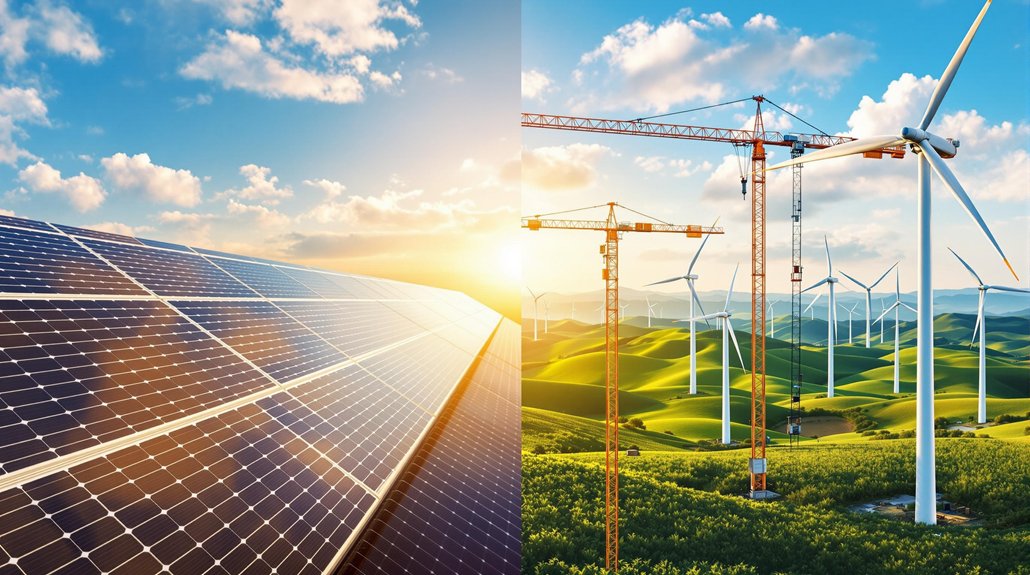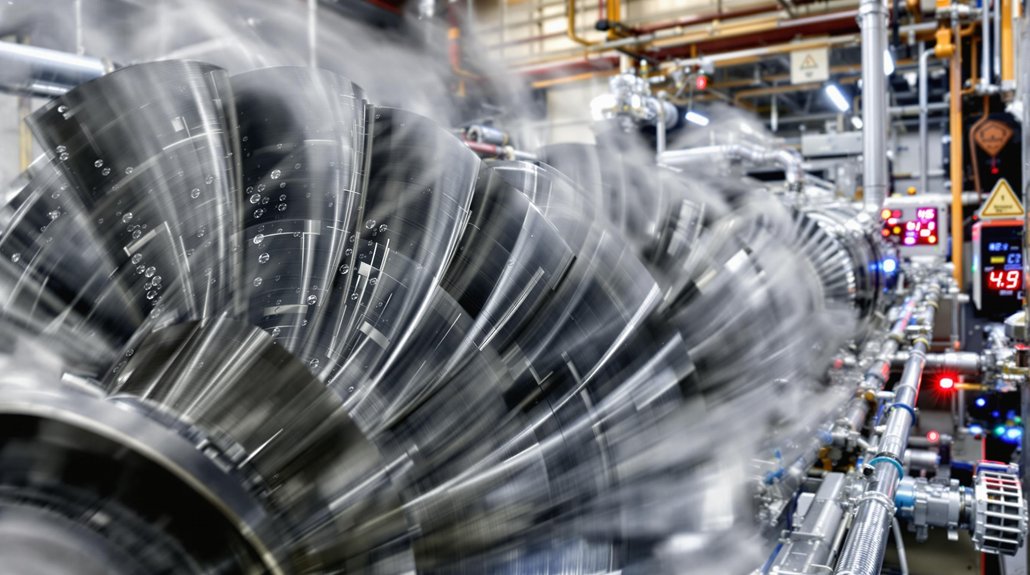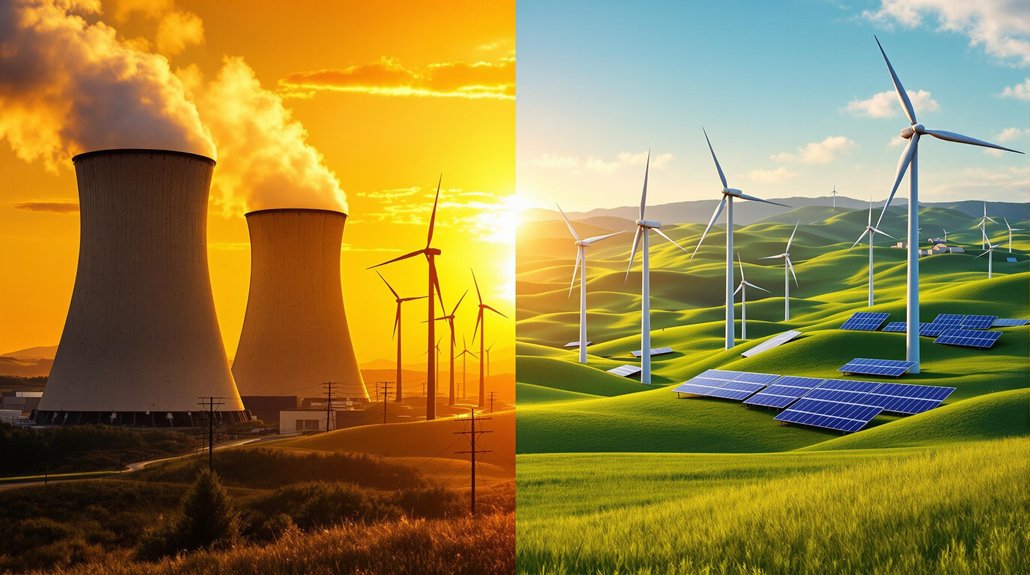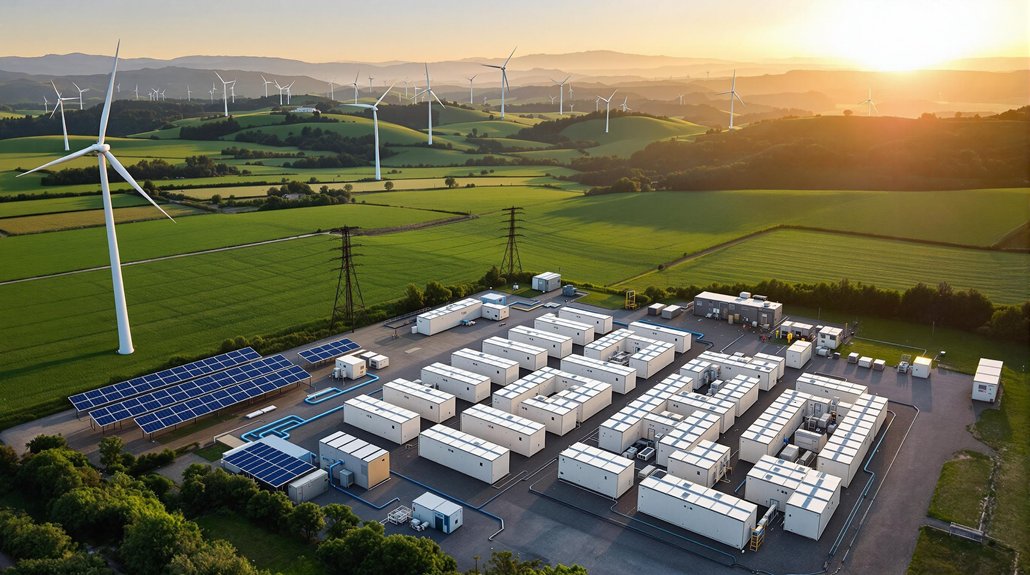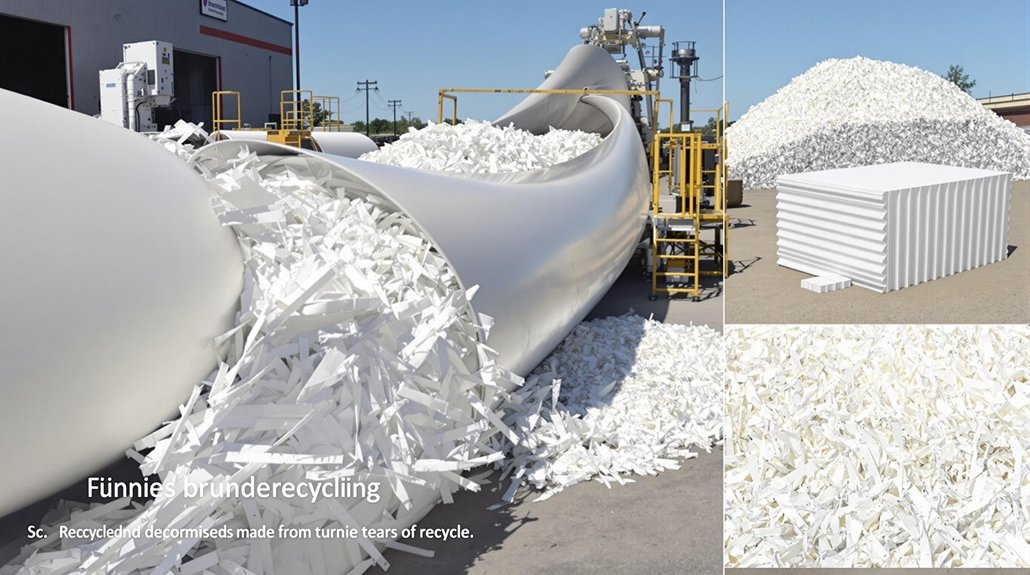Renewable energy has become a powerful economic engine, adding $320 billion to the global economy in 2022. The sector employs 13.7 million people worldwide, with jobs growing twice as fast as the overall economy in the U.S. Investments jumped 43% from 2020 to 2022, reaching $499 billion. China leads with 33% of the global renewable workforce. Despite progress, greater expansion is needed to meet climate goals and release the projected $23 trillion market.
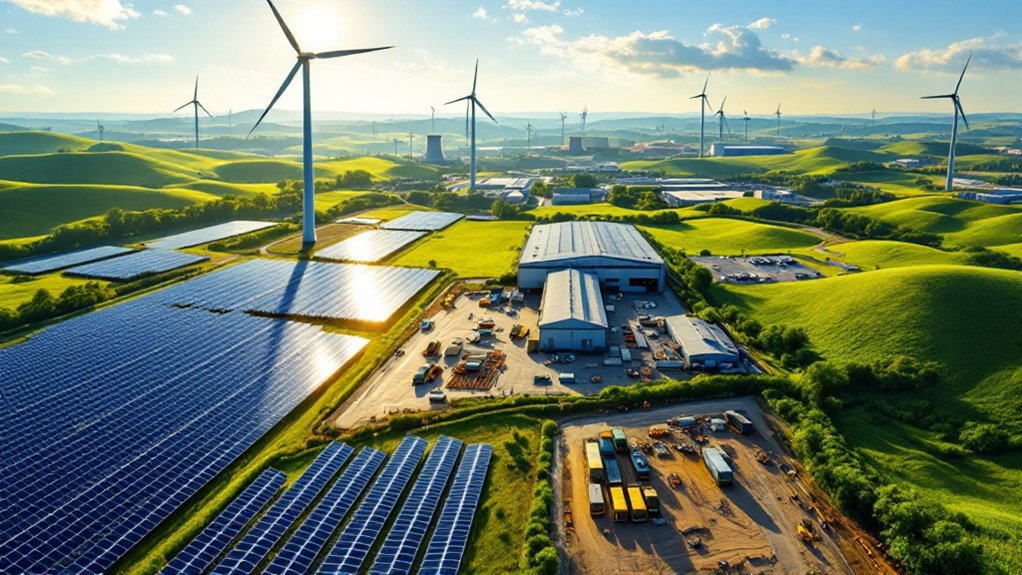
The powerhouse of renewable energy isn’t just cleaning up the planet—it’s also filling up bank accounts worldwide. Last year, the renewable energy sector added $320 billion to the world economy. That’s about the same size as adding the entire Czech Republic to global output. Clean energy made up 10% of global GDP growth in 2023, outpacing the aerospace industry’s contribution.
Renewable energy: not just saving the Earth, but powering economies and creating prosperity on a scale rivaling entire nations.
Jobs in renewable energy are booming too. Around 13.7 million people worked in the sector in 2022. In the U.S., 142,000 clean energy jobs were added in 2023, growing twice as fast as the overall economy. Solar power leads with 4.9 million jobs globally. Experts predict the industry will employ 38 million people by 2030.
Money is pouring into renewable energy. Investments jumped 43% from $348 billion in 2020 to $499 billion in 2022. Solar and wind received almost all of this money. Global renewable electricity is expected to increase by 90% by 2030. Solar panel growth is on track with climate goals, but wind, hydropower, and bioenergy need to speed up.
China leads with 33% of the global renewable energy workforce. The U.S., Brazil, and India are also big players. In the U.S., Idaho had the fastest clean energy job growth at 7.7%. The EU saw clean energy account for nearly one-third of its GDP growth.
Government policies are helping drive this boom. The U.S. Inflation Reduction Act and the EU’s Net Zero Industry Act are creating stable markets. These policies aim to create a $23 trillion market for renewable technologies by 2030.
Despite progress, challenges remain. Renewable energy growth isn’t fast enough to meet climate goals. Geothermal and ocean technologies have stalled. Fossil fuel jobs are recovering more slowly, with 1.3 million fewer jobs than before the pandemic. More training programs are needed to prepare workers for the clean energy future. This transformation continues as renewable energy sources now contribute approximately 30% to the global electricity mix, marking a significant 10% increase since 2010.
Frequently Asked Questions
How Do Renewable Subsidies Compare to Fossil Fuel Subsidies Globally?
Fossil fuel subsidies vastly outweigh renewable energy support globally.
In 2022, fossil fuels received $7 trillion in subsidies (7.1% of global GDP), while renewables got only $166 billion in 2017.
That’s nearly 42 times more for fossil fuels.
The gap is even wider considering 82% of fossil fuel subsidies are implicit costs like environmental damage.
Despite this imbalance, renewable subsidies are projected to decline by 2030.
Can Developing Countries Afford to Transition to Renewable Energy?
Developing countries can shift to renewable energy with proper support.
While high upfront costs remain a challenge, financial solutions exist. International climate funds, green bonds, and development bank loans help bridge the gap.
Many countries are already seeing benefits – reduced fuel imports, new jobs, and improved rural energy access.
The long-term savings often outweigh initial investments when countries phase out costly fossil fuel subsidies.
What Renewable Energy Jobs Require Minimal Retraining From Fossil Fuels?
Many fossil fuel workers can switch to renewable jobs with little retraining.
Solar needs panel installers who were roofers or electricians.
Wind farms employ former oil rig workers for offshore operations.
Power plant operators shift to grid management roles.
Welders are in demand for wind tower construction.
Truck drivers who delivered coal can transport biomass.
Chemical engineers from refineries can work in biofuel production.
How Does Intermittency Impact Grid Reliability and Economic Stability?
Intermittency creates challenges for grid reliability as wind and solar don’t generate constantly. This unpredictability forces utilities to maintain backup power sources, increasing costs.
When renewable output drops suddenly, it can cause voltage fluctuations or even outages. Economically, these reliability issues lead to higher electricity prices and infrastructure investments.
However, new technologies like batteries and smart grid systems are helping manage these fluctuations more effectively.
Which Communities Are Most Vulnerable During Renewable Energy Transitions?
Several groups face challenges during renewable energy shifts.
Coal-dependent communities have lost over 53,000 jobs since 2011, often lacking new opportunities.
Fossil fuel workers, particularly in rural areas, may struggle with limited transferable skills.
Low-income households bear higher energy cost burdens and can’t easily adopt clean technologies.
Manufacturing centers are vulnerable to price increases, especially steel plants that rely on natural gas rather than hydrogen.
